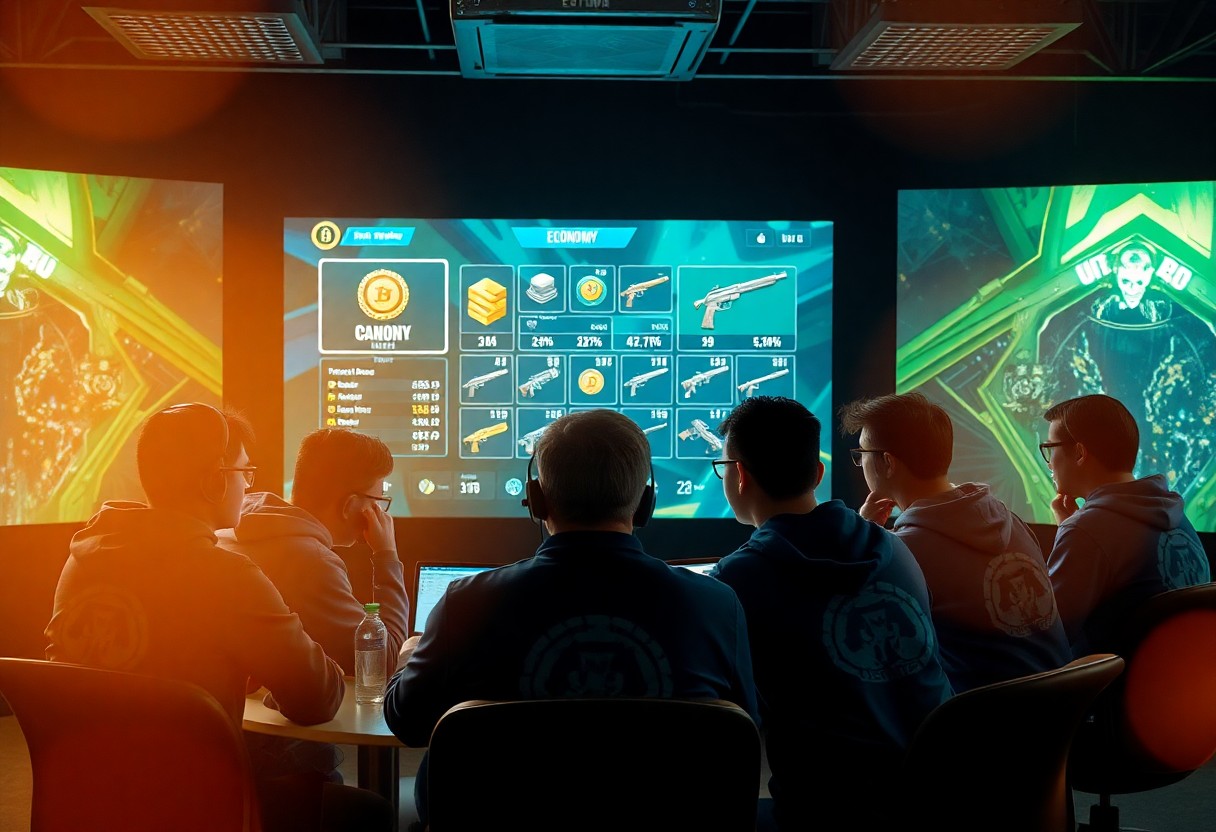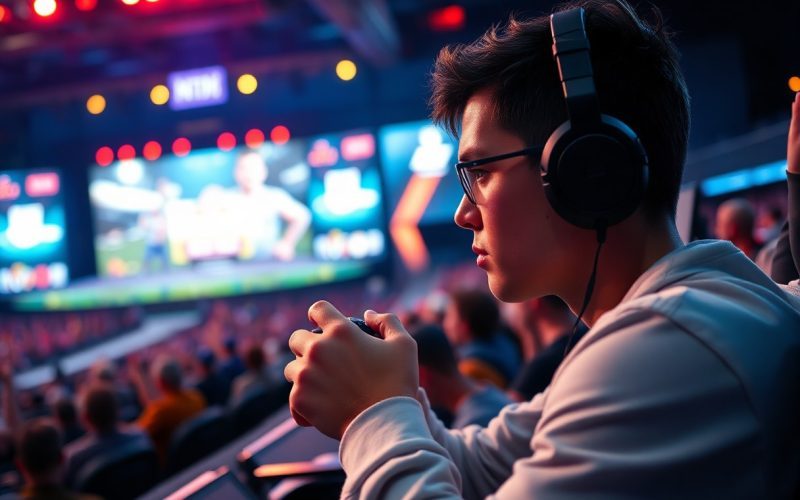You need to have a solid understanding of the economy system in Valorant to excel in competitive play. The economy, often referred to as the “buy system,” plays a vital role in determining the outcome of matches. Understanding how to manage your resources effectively can be the difference between winning and losing rounds.
The economy in Valorant is influenced by several factors, including kills, round wins or losses, and planting or defusing the spike. Players earn credits after each round, which they can spend on weapons, shields, and utility purchases. The cost of each item varies, meaning that players must carefully consider their spending priorities depending on the team’s situation.
At the beginning of the game, every player starts with 800 credits. This initial budget allows players to purchase basic weapons such as the Ghost or Shorty, along with light armor or utility items like grenades. The objective during the early rounds is to balance economy and aggression. Winning the first few rounds generates more credits, which allows players to buy better weapons and utility, enhancing their overall combat potential.
As the game progresses, the team’s economy evolves based on their performance. Winning rounds provides players with 3,000 credits, while losing rounds yields 1,900 credits on the first loss and progressively increases with consecutive losses. This loss bonus mechanism encourages teams to “eco” or save in specific rounds to build a stronger economy for future engagements. For instance, if a team needs to buy in the next round but cannot afford it, they may forgo purchasing in the current round to save credits.
Buy rounds are pivotal moments in a match. Coordination among team members is vital to ensure that everyone can purchase the appropriate equipment. Teams often engage in open discussions about what to buy, considering factors such as individual player performance, the need for utility, and the enemy’s economy state. A team may opt for a “full buy” where everyone spends their credits, or a “half buy,” where some players invest heavily while others skimp on smaller buys to save credits for future rounds.
Utility management also plays a significant role in buy rounds. Players often allocate a portion of their credits to vital utilities such as flashbangs, smokes, and molotovs, which can provide strategic advantages during engagements. Proper use of utility can alter the outcome of fights, allowing teams to control engagements and secure objectives more effectively.
Tactical decision-making becomes paramount as the game progresses. Teams must analyze their opponent’s economy to predict potential buy rounds and prepare accordingly. If the enemy team is low on credits, it may lead to an eco round, making it crucial for players to use better weapons and equipment to capitalize on that situation.
Ultimately, mastering Valorant’s economy system requires experience, strategy, and teamwork. Teams that effectively manage their resources while adapting to game dynamics often find themselves outperforming their opponents and ultimately ascending the ranks.





